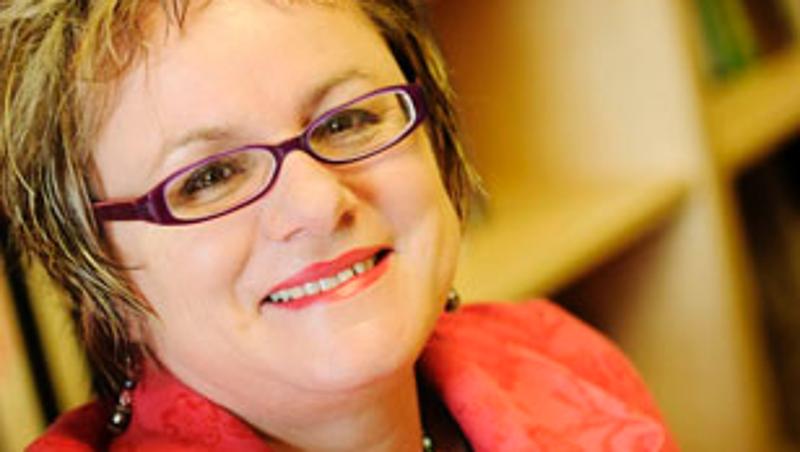
The sharp upswing in the number of women in Australian prisons, which rose 11 per cent in the year to June 2015, has to change before Australia follows the example of the US and UK where women’s imprisonment has increased markedly over decades, QUT School of Justice head Professor Kerry Carrington says.
Professor Carrington is speaking at All About Women at the Sydney Opera House this week on women’s violence and incarceration.
She said a shift in policing had brought "up criming" to the fore and had helped increase the proportion of women imprisoned for violence- related offences up to one third of the female prison population.
“'Up criming’ is a form of policing that entails the criminalisation of less serious forms of ‘disorder’ such as young women being loud, aggressive, intoxicated or swearing in public venues, boisterous or rebellious behaviour, fighting, or who hang out with drug dealers and the ‘wrong sort’.
“While female violence is generally thought to be less serious than male violence, the thresholds for intervening when girls engage in aggressive conduct are thought to be lower compared to boys.
“Women are being criminalised for behaviour that would not have been deemed criminal in the past.
“Also, half the women in prison haven’t been sentenced, they are there on remand. Most should not be in prison at all.”
Professor Carrington said most female prisoners come from extreme poverty and disadvantage and many have children, which made their time in prison especially punishing. Around a third are Indigenous.
“One of the big changes needed is more investment in rehabilitation as it costs an average of $100,000 a year to imprison a woman, compared to $20,000 for an effective community-based rehabilitation program.”
Professor Carrington said women’s pathways to offending were different from men’s pathways.
“Women tend to be imprisoned for less serious offences, for shorter periods of time and pose significant challenges for rehabilitation because of drug addiction and mental health problems,” she said.
“Many have been raped and have been subjected to domestic violence and childhood trauma.”
Professor Carrington said that whereas society’s anxiety over young women’s behaviour had to do with sexual promiscuity it had shifted over the past few decades to the aggressive bad girl or ladette.
“The new violent femme is also glorified in popular culture, in action films like Lara Croft Tomb Raider, and a vast array of associated video games.
“Other social changes implicated in the rise of women’s violence are their increased participation in violence prone crimes such as drug dealing and couriering.
“Further factors are the rise in girls’ participation in contact sports such as football and martial arts, and their increasing involvement in street subcultures which celebrate physical prowess and encourage girls’ fights.
“Nevertheless, violence by women still challenges deeply ingrained ideas that women are the nurturing passive sex and so when women do offend and are imprisoned they are seen as doubly monstrous.”
Media contact: Niki Widdowson, QUT Media, 07 3138 2999 or n.widdowson@qut.edu.au
After hours: Rose Trapnell, 0407 585 901 or media@qut.edu.au


